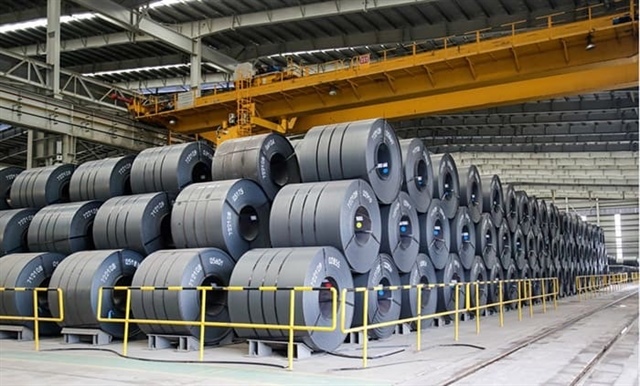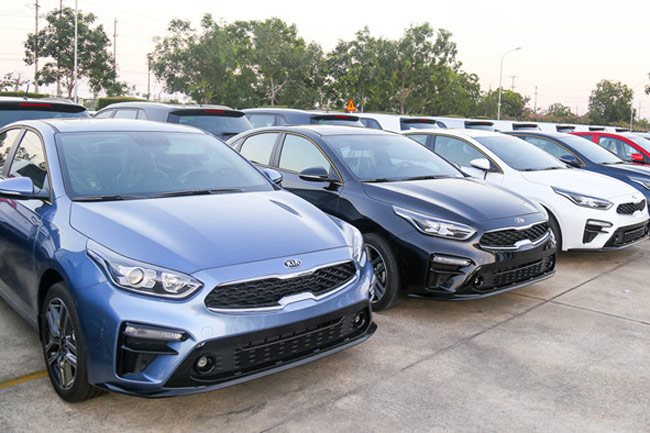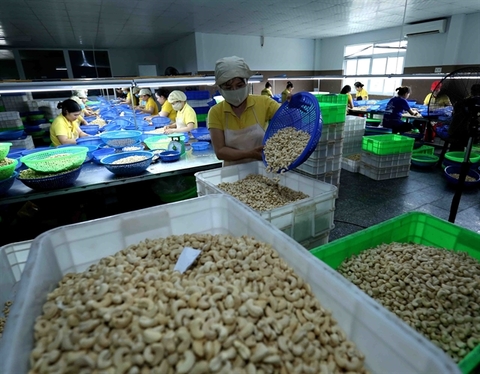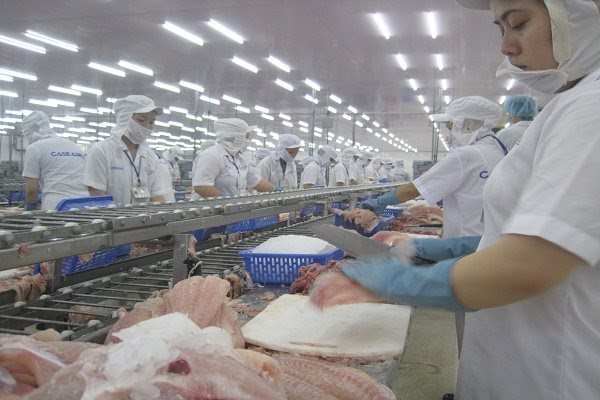Rice sector to focus on developing high quality varieties next year
Rice sector to focus on developing high quality varieties next year
Rice producers need to be more creative and increase quality if they want to see export profits rise next year. 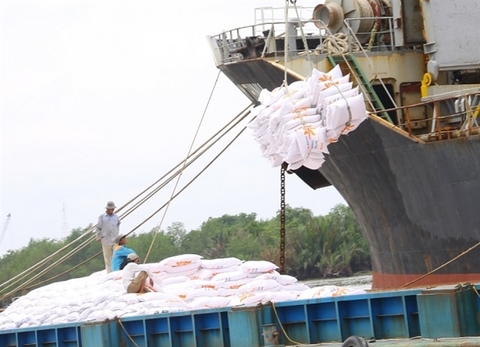
That was the message from Do Ha Nam, deputy chairman of the Viet Nam Food Association (VFA) who was speaking to the Cong Thuong (Industry and Trade) newspaper about the rice export this year and targets for 2020.
“More consumers like high-value and reputable rice products in the market," Nam said.
"Therefore, we need to research and develop new rice varieties and produce fragrant rice with high value instead of growing ordinary white rice with low value.”
According to rice enterprises, the thing that determines the success of a rice product on the market is good quality and reputation, not just high prices.
The VFA representative said the rice production industry will focus more on markets in Africa and the Middle East, as well as meet standards under the Comprehensive and Progressive Agreement for Trans-Pacific Partnership (CPTPP).
Nam said trade counselors in rice export markets that Viet Nam has signed free trade agreements with should provide information about export procedures and standards required by importing countries.
He also said that the State should have better policies for rice production and trading enterprises to access capital for increasing investment and technological innovation.
This year, according to forecasts of the association, the rice export value will hardly reach the target of US$3 billion as set out earlier this year.
This is due to a reduction of export price by nearly 13 per cent compared to 2018 to average $439.3 per tonne in 11 months of 2019.
Statistics from the Ministry of Agriculture and Rural Development (MARD) showed that in the first 11 months of this year, Viet Nam’s rice exports reached 5.91 million tonnes, up 4.8 per cent in volume but the export value decreased 9.4 per cent year on year to $2.6 billion.
However, there were some bright spots in the domestic rice export picture during the period, Nam said.
Some markets in Southeast Asia also saw a high growth of 25.5 per cent in volume to 2.63 million tonnes and 12.2 per cent in value to $1.09 billion year on year.
The Philippines was the largest export market, with almost two million tonnes heading there in 11 months, accounting for 33.6 per cent of the total export volume and 31.5 per cent of the total turnover. The exports increased by 155.4 per cent in volume and 133.6 per cent in value year on year.
This year, the Philippines has opened a new mechanism so Viet Nam’s enterprises still had big contracts, making sharp increases in Viet Nam’s rice exports to this market against last year.
According to the MARD, Ivory Coast was the second largest export market for Viet Nam with a rice export volume of nearly 535,000 tonnes, earning $231.45 million.
China was the third largest market with a total rice export volume of nearly half a million tonnes imported from Viet Nam.






